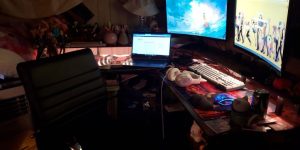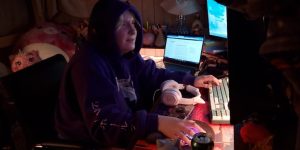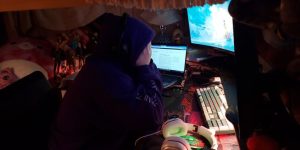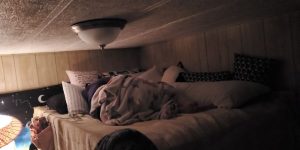Hello class,
One of the biggest differences between written stories and their film adaptations is the number of details scrunched into a specified amount of time. This is very evident in many films that take key sections from entire novels or series of novels and recreate them into a 1:30 – 3:00 hour time slot, such as the Harry Potter series or The Hunger Games. When it comes to An Occurrence at Owl Creek Bridge, Ambrose Bierce’s short story reaches a length suitable for an film adaptation on the series The Twilight Zone at the cost of certain events that are only present in the written version.
Comparing the two works, it’s clear that the film adaptation took direct scenes from the short story and recreated them in live action. One such scene describes this from the short story:
“He looked a moment at his ‘unsteadfast footing,’ then let his gaze wander to the swirling water of the stream racing madly beneath his feet. A piece of dancing driftwood caught his attention and his eyes followed it down the current.” (Bierce, I).
The film depicted this scene by holding a looming shot aimed at Peryton’s feet while the rushing river was displayed in the background, while a swivel like pan gave a strong sense of vertigo for the viewer. In this case, the film managed to successfully translate the effects of the story without the use of words. This use of unique shot composition aided in many other scenes as well, such as the slow moving soldiers with pitched down voices, the shots of Peyton’s bloodied hands, feet, and neck as the “reality” continued, just to name a few.
One of the biggest differences from the film and the short story is the short stories inclusion of a background arc that describes more about Peyton Farquhar and his reasoning for being hanged.
“Peyton Farquhar was a well to do planter, of an old and highly respected Alabama family…” (Bierce, II).
“ ‘Suppose a man—a civilian and student of hanging—should elude the picket post and perhaps get the better of the sentinel,’ said Farquhar, smiling, ‘what could he accomplish?’ “(Bierce, II).
We don’t see this “flashback” scene in the film at all, which leaves the viewer free to imagine what exactly Peyton has done to deserve such a harsh punishment.
All in all, I enjoyed both works in their own respective. I appreciate the film sticking with so much from the short story, as I feel many modern films tend to forget their source material in favor of monetary gain.
Thank you,
Caleb







































